Transforming Skills Strengthening

Top 5 Training Strategies for Small Businesses
Keeping up with the competition is essential in the fast-paced world of small companies. Investing in efficient training methods is a great strategy to maintain that competitive advantage. Staff morale, productivity, and retention may all benefit from investments in professional development. If you own a small business, you can build a competent team up to any challenge by following these five training strategies.
Individualized Training
Training requirements vary from company to company. Wasting time and money is possible with a one-size-fits-all strategy. The best way to ensure your team gets the information they need is to customize training programs to your business and your employees’ skill levels. First, you should do a comprehensive needs assessment to learn what people don’t know so you can teach them properly. This method makes training more effective and gets workers invested since they can see how the training will benefit them in their jobs.
Make Use of Online Learning Resources
There has never been an easier time to get an education than in today’s digital world. With online training systems, workers have more freedom to study when and how it is most convenient. Since e-learning may drastically cut training expenses, this is particularly helpful for small organizations strapped for cash. Engage your staff by combining webinars with online training and interactive modules. You can easily gauge the efficacy of your training programs using e-learning because of the ease with which you can monitor completion rates and progress.
Promote Learning on the Job
Some talents are better acquired by practical experience, even when classroom instruction is essential. Workers gain competence and self-assurance via on-the-job training because they can practice what they have learned in authentic contexts. Programs in which more seasoned workers advise and assist less seasoned workers are something to consider establishing. Not only does this encourage teamwork, but it also speeds up the process of learning new skills. Motivate your staff to take on more responsibilities so they may develop professionally and contribute more effectively to the company’s success.
Environment of Ongoing Education
Beyond scheduled training sessions, there are other ways to foster a culture of lifelong learning. It is important to motivate staff to seek professional development opportunities, such as seminars, conferences, or online courses. Encourage staff to share what they’ve learned by providing them with opportunities to do so at frequent team meetings. Establishing an atmosphere that encourages learning and progress may be achieved by recognizing and rewarding people who strive for growth. Employees’ skill sets are improved, and experience greater work satisfaction and retention.
Find Out How Well Training Worked
It is just as vital to measure the efficacy of training as it is to invest time and money into it. Frequent evaluations of training programs may better understand trainees’ performance and the company’s bottom line. Success may be measured by looking at indicators like employee feedback, retention rates, and productivity levels. Using this data-driven method, you may pinpoint and fix your training programs’ weak spots. Additionally, workers may see that the company values their development via regular reviews.
